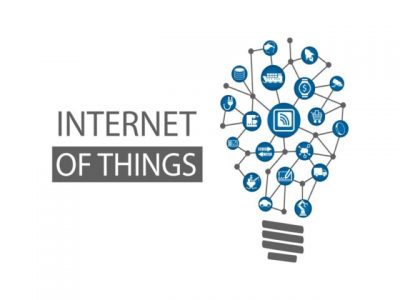Smart water meters maximising IoT to reduce water wastage
Metering.com May 7, 2018
Frost & Sullivan’s recent analysis, Global Smart Water Meter Market, Forecast to 2026, states that smart water meter installations are expected to grow from 13.8 million units in 2017 to 82.1 million units by 2026.
Water-stressed countries are leading the shift from traditional water meters to smart water meters, even as governments all over the world alter policies to enhance the effectiveness of their water networks to manage consumption levels.
China is the fastest growing market due to its rapid urbanisation, smart city development, and favorable policies. This market demand has opened up growth opportunities for Internet of Things (IoT)-enabled smart meters, which, in turn, has energised an entire ecosystem of metering infrastructure.
North America is also experiencing high demand due to its utilities’ focus on reducing non-revenue water losses and adopting smart billing.
“The communication module of smart water meters has undergone rapid technological transformations. There is a steady rise in the demand for IoT-enabled advanced metering infrastructure (AMI) smart water meters due to their multiple capabilities of real-time visualisation, leak detection, and machine-to-machine (M2M) communications,” said Paul Hudson, Senior Research Analyst, Energy & Environment, Frost & Sullivan.
“Utilities are exploring and adopting low-power, wide-area network (LPWAN) cellular communication technologies like long-range (LoRa) and narrowband(NB)-IoT for their efficiency and longer battery life.”
Three key growth areas in the smart water meter industry are:
• IoT-enabled AMI smart water meters fitted with LPWAN communication modules. They are in demand due to their higher transparency and value-added services like leak detection and NRW reduction.
• New business models—As with most IoT-enabled equipment, product vendors need to establish fresh business models such as cloud-based data analysis solutions, software-as-a-service/data-as-a-service (SaaS/DaaS), and financial solutions to encourage adoption.
• Smart water management solutions that can enhance revenue generation, predict consumption patterns, and improve billing efficiency.
“While there are significant opportunities in the global market, the price sensitivity of utilities has led to intense competition among leading players,” noted Hudson.
“Players that are eager to compete in high-potential markets can test them with pilot-scale projects and regional collaborations. Once they establish a footprint, they can set up manufacturing plants with scalable capacity that can be used to supply other promising markets like India and the Middle East.”
Global Smart Water Meter Market, Forecast to 2026 examines the trends, market drivers and restraints, growth opportunities, revenue and unit shipment forecasts, and competitive analysis of participants in North America, South America, EMEA, Asia-Pacific, and China.


